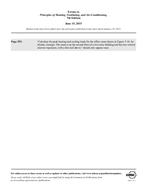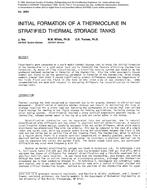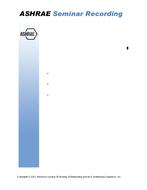Much early research in microbiology laboratories emphasized work with highly infectious bacteria. During that period there were many overt accidental infections of the workers and others in their surroundings. In later years. we saw a rapid growth of interest in virology with similar accidental exposure records (1, 2, 3). Currently there is considerable interest in oncogenic (tumor – forming) viruses or those which play some role in cancer etiology. In this last case we have seen no dramatic symptomatology in workers presumably infected with the agents under study. However these agents are certainly not expected to be rapidly lethal. and their role as etiological agents is not clear; their effective dosage is probably quite high, otherwise the epidemiology of the various types of cancer would be much less obscure than it is.
Principles of microbiology laboratory contamination control (4) have been applied with reasonable vigor. Frequently. however this was done with the objective of protecting the virology experimentation which is extraordinarily sensitive to contamination. As a result some of the simple containment protective devices available for workers in the virology laboratory (i.e., the Class I Hood) may not have been fully exploited.
The succeeding discussion is concerned with product protection concurrently with the need for some rapid means of estimating the aerosol dose to which laboratory personnel can be safely exposed as well as the effects of ventilating systems on control and dispersion of aerosols.
Citation: Symposium, ASHRAE Transactions, Volume 80, Part 1, Los Angeles, CA
Product Details
- Published:
- 1974
- Number of Pages:
- 8
- File Size:
- 1 file , 610 KB
- Product Code(s):
- D-LA-74-10-5


